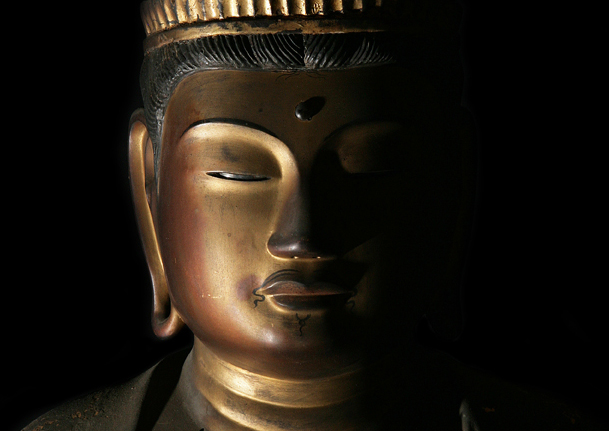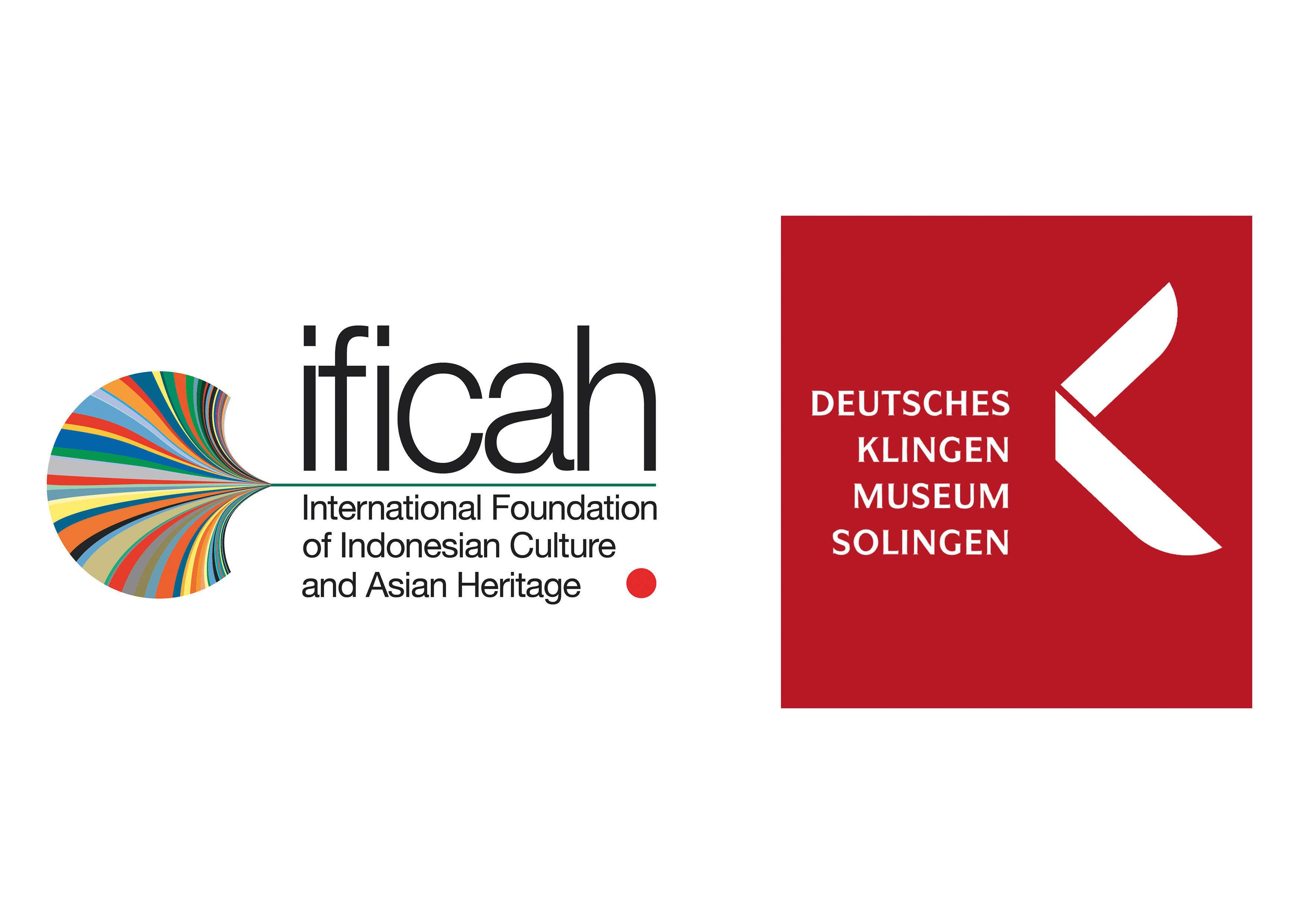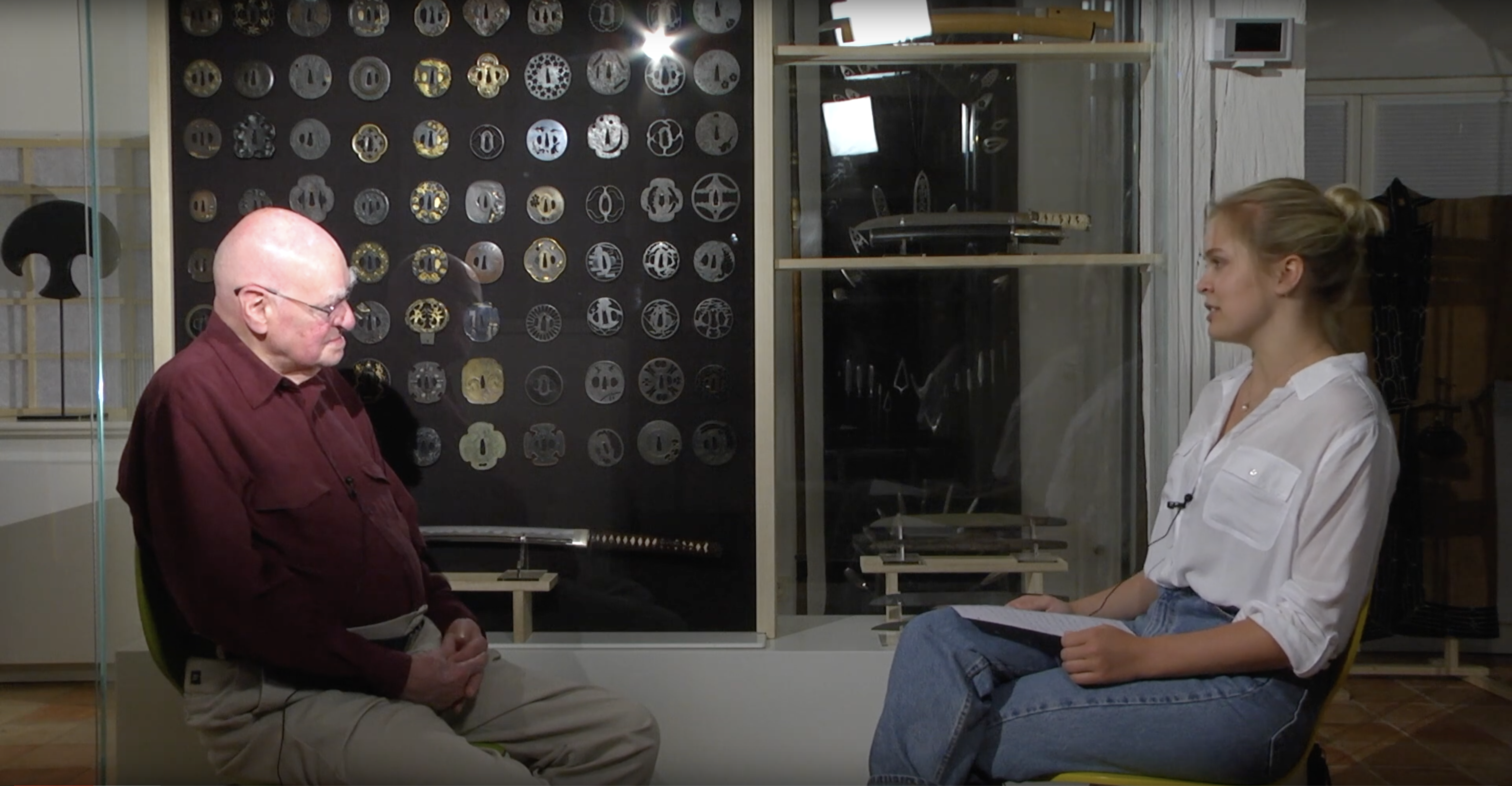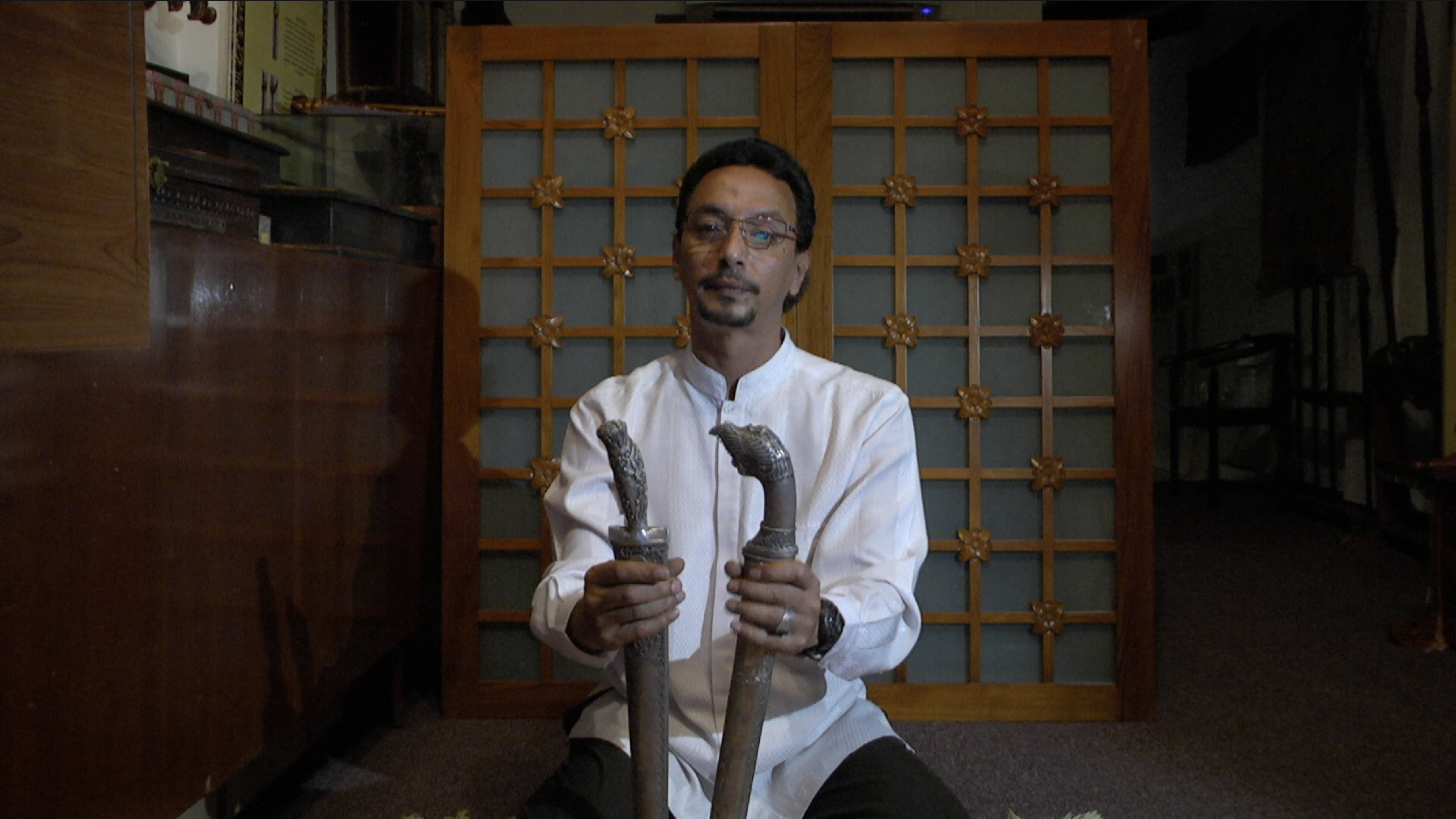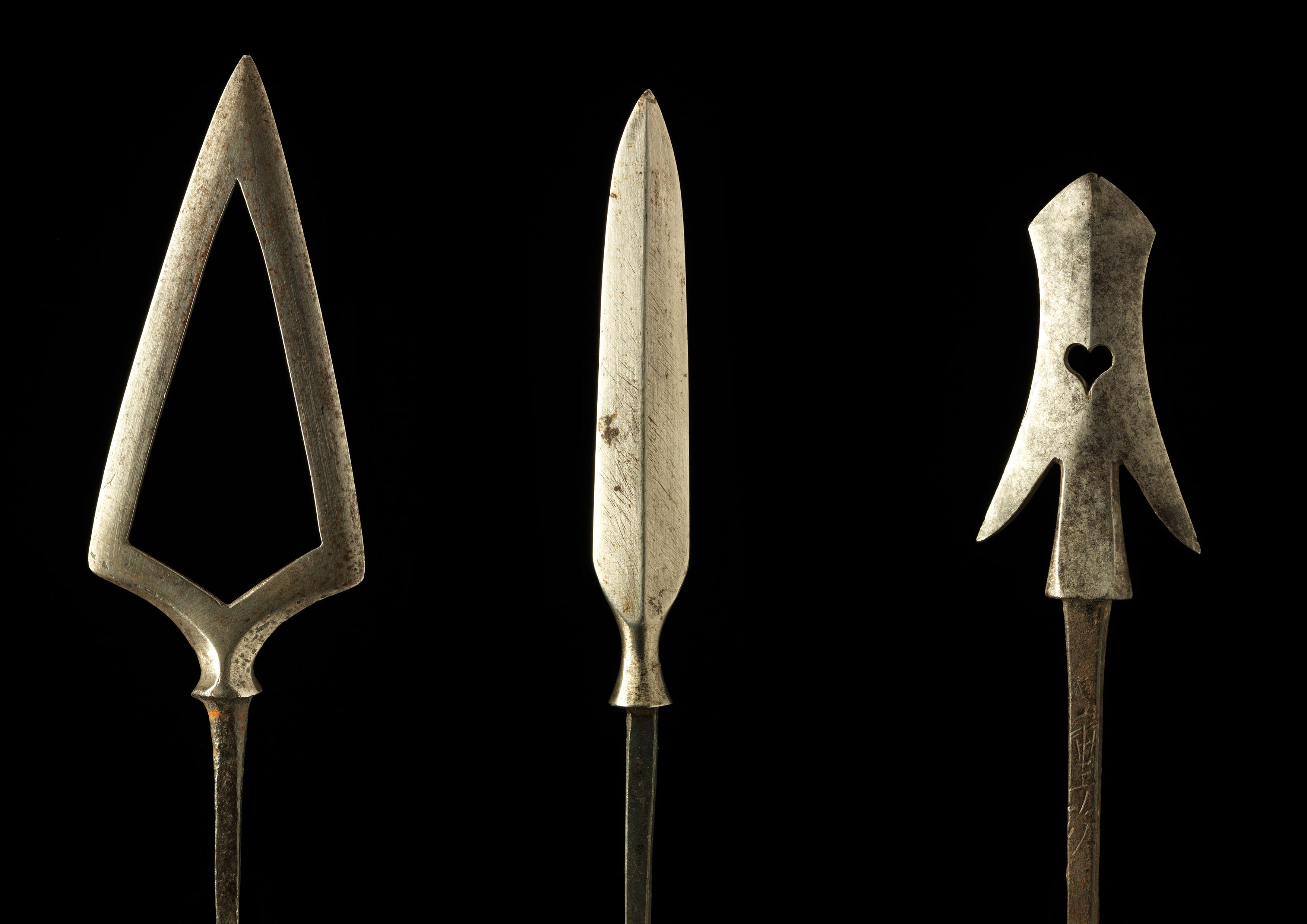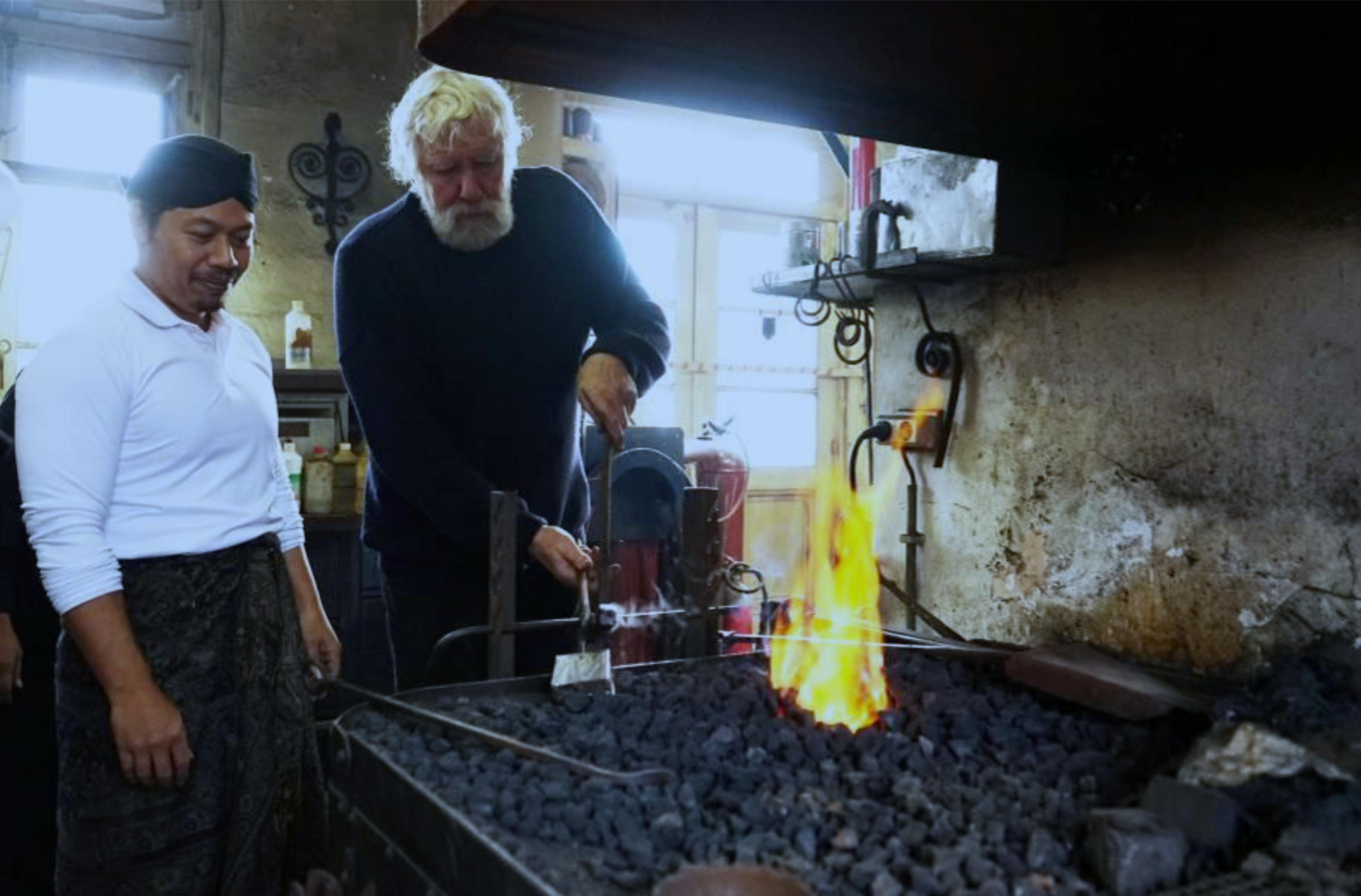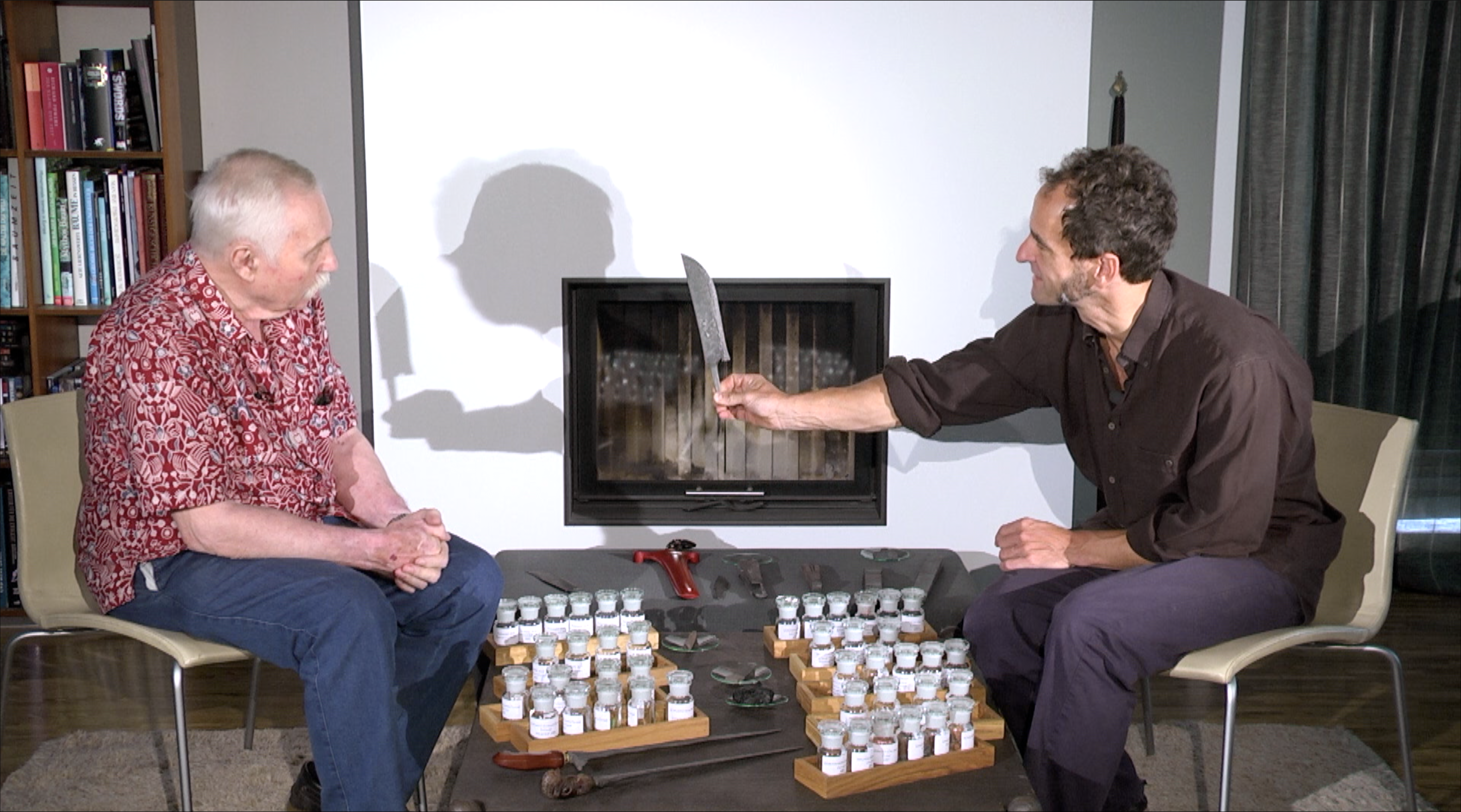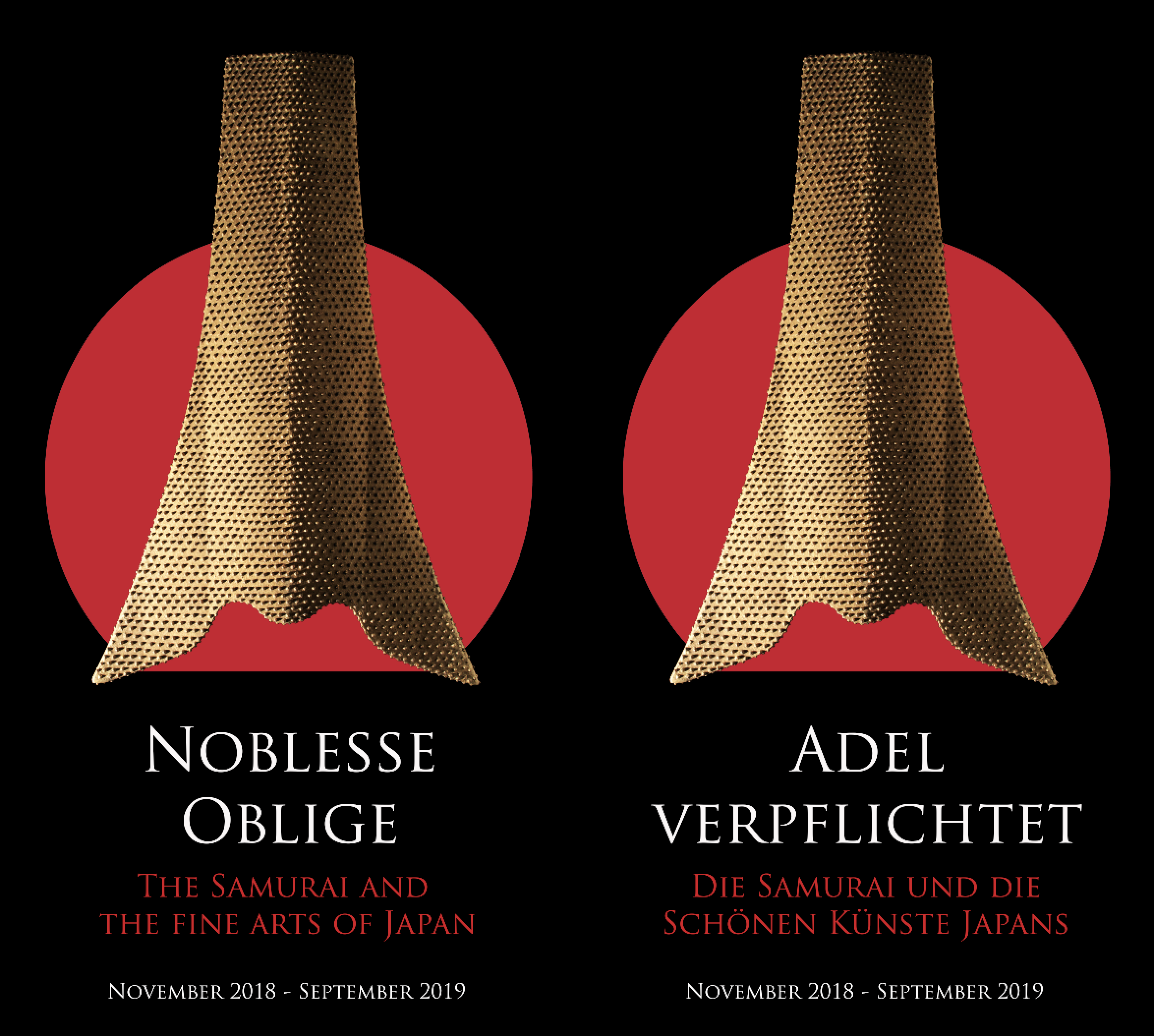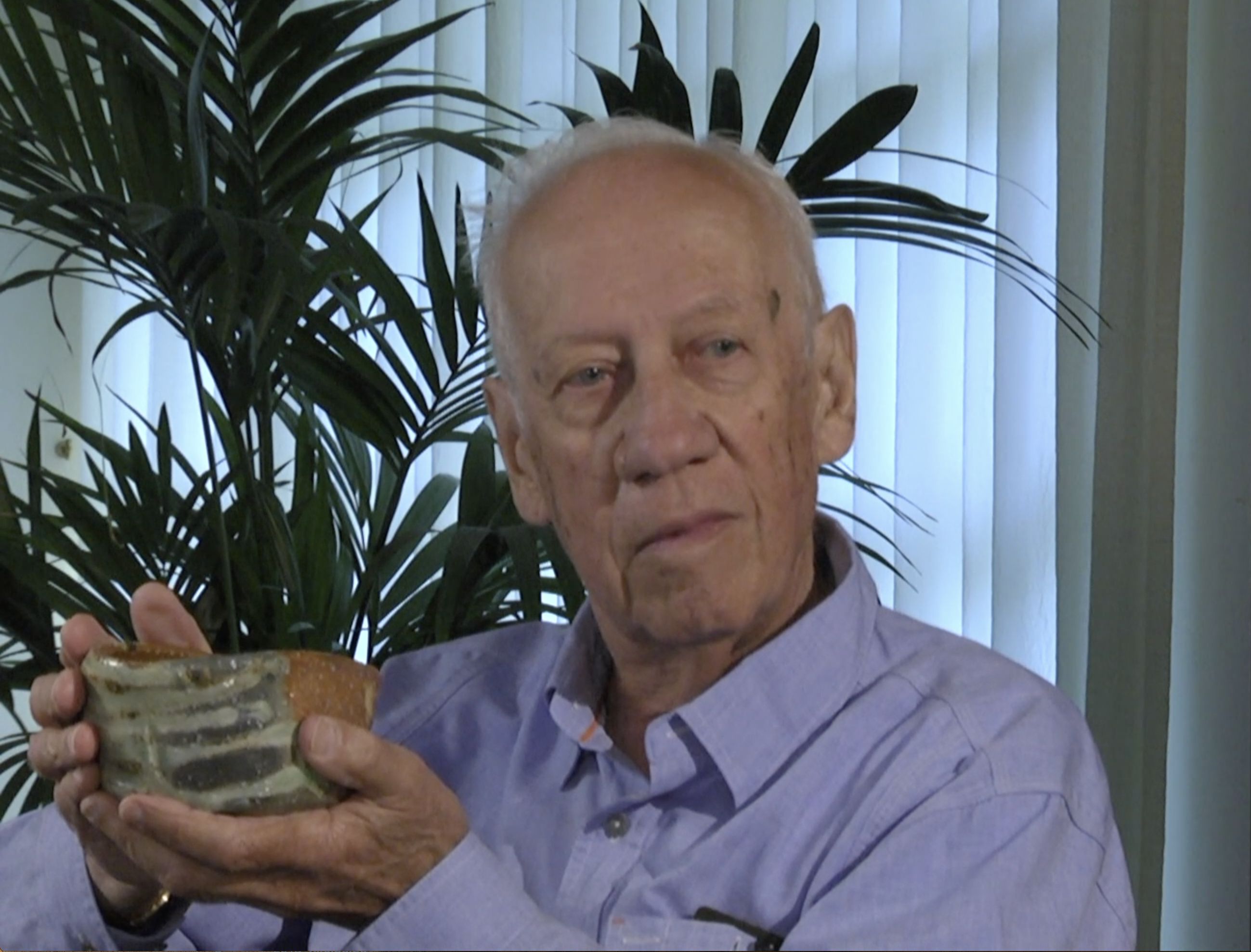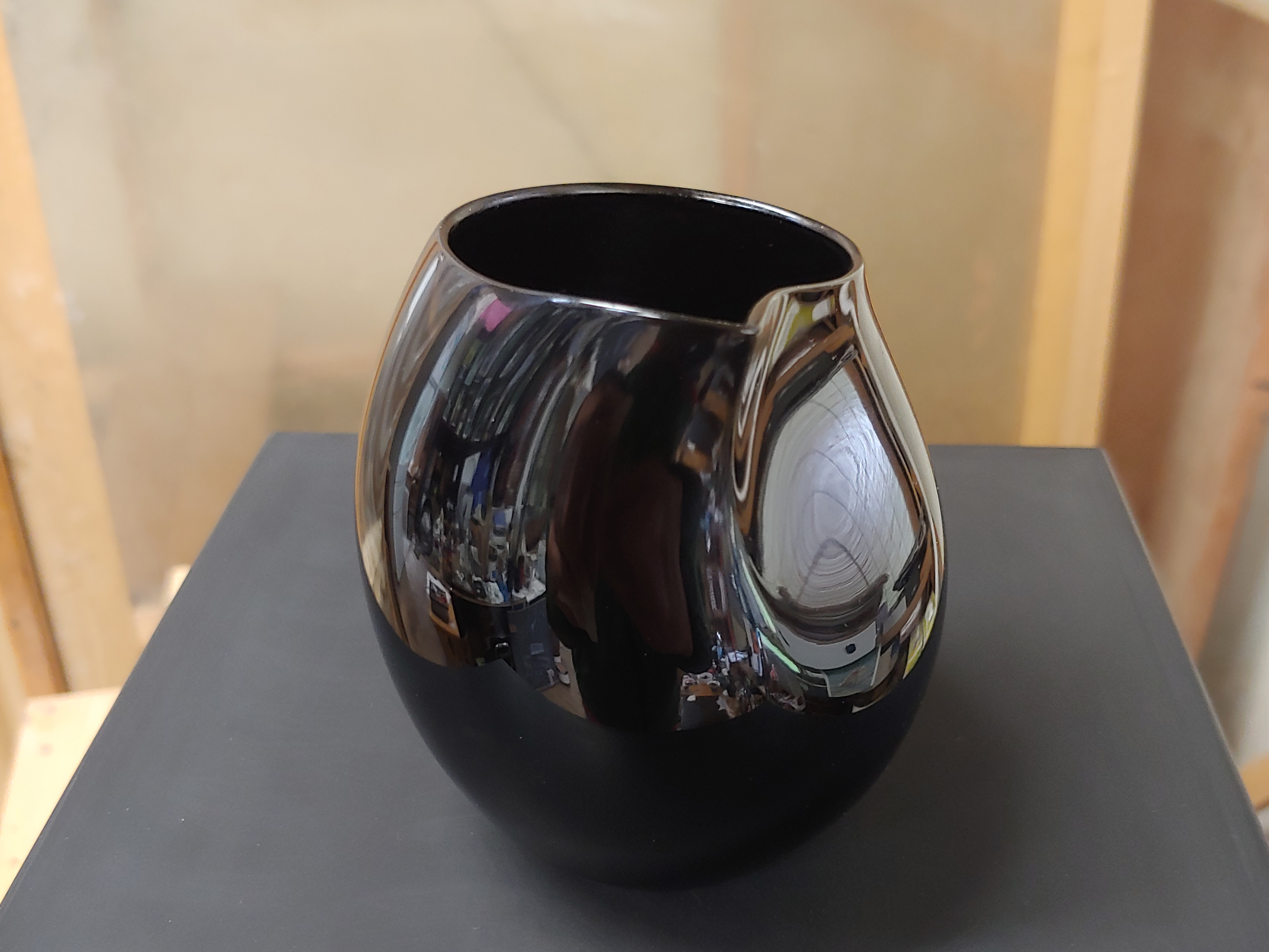Buddhistical Sculptures
Nikkō Hensho Bosatsu (“All illuminating Sunlight”) Save the in darkness reborn suffering humanity through thousand from heaven sent sunbeams. Muromachi Period, 16th century Height (sculpture) 100 cm //(„Alles beleuchtendes Sonnenlicht“) Errettet die in der Dunkelheit der Wiedergeburten leidenden Menschen durch tausend vom Himmel gesandte Sonnenstrahlen. Muromachi Zeit, 16. Jahrhundert Höhe (Skulptur) 100 cm Jūichimen Kanno Eleven headed Kannon of esoteric Buddhism, symbolizes the eleven types of godly might and reflects the unending compassion. Early Edo period, 17th century Height 83 cm //Elfköpfige Kannon des esoterischen Buddhismus, symbolisiert die elf Arten göttlicher Macht [...]

